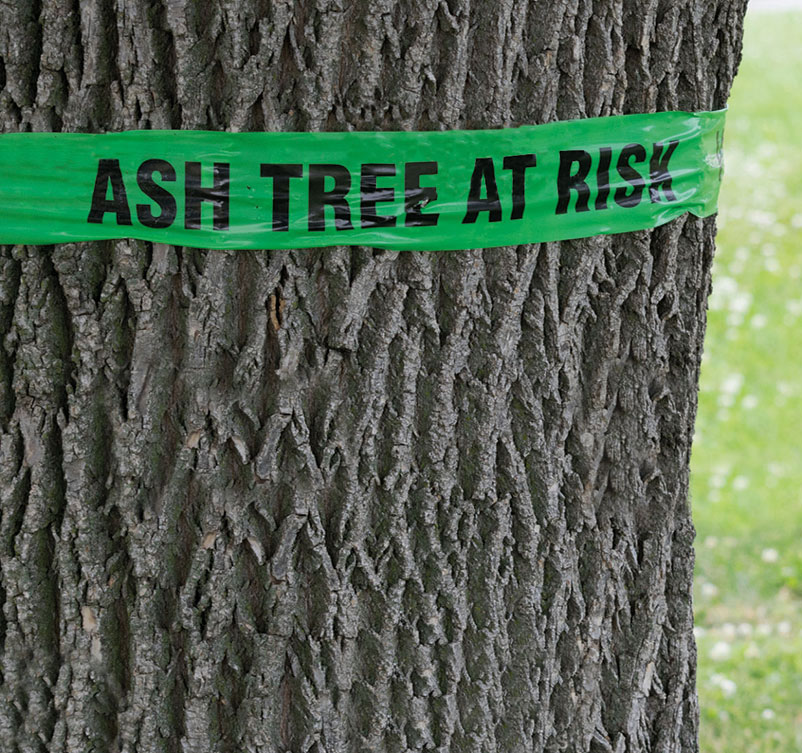Ash Dieback
Identification & Management of Ash Dieback
Hymenoscyphus fraxineus
Ash Dieback
Currently across Kent and the South-East Ash Dieback is widely affecting trees. The mortality rate is expected to be in the region of 95%.
We are helping customers to identify and manage if their Ash trees have been affected by this disease by providing three simple stages, initial, advanced or terminal. Ash Dieback at the advanced and terminal stage becomes unsafe to climb with ropes in the conventional way. This only leaves the option to fell the entire tree from the ground or if not practical a MEWP (Cherry Picker) would be necessary to safely dismantle the tree.
The easiest way to visually judge the effect of Ash Dieback is by the change in crown vitality. Early identification allows tree owners time to evaluate the risk, safely plan and budget for the appropriate tree management.

What causes Ash Dieback?
Ash Dieback is caused by a chronic fungal disease characterised by leaf loss and crown Dieback. The spores of the fungus can travel in the wind from tree to tree. It kills trees by blocking the water transportation system within the tree, also making them very brittle.
Young saplings can be killed in a single season, mature trees can take 2 -3 seasons before they succumb to the disease.

Initial Stage
What to look for:
• Full crown of leaves only the very tips starting to Dieback.
• More small dead wood than usual.
What to do:
• Monitor for further deterioration.
• Possibility of recovery from this stage.

Advanced Stage
What to look for:
• Sparse crown, large dead branches.
• Increase in dead wood and snapped branches.
What to do:
• Remove if tree branches are within range of any people, paths, roads, infrastructure etc.
• Leave for wildlife habitat if safe to do so.

Terminal Stage
What to look for:
• Almost no leaves left on the tree, major branch failure highly likely leading eventually to whole tree collapse.
What to do:
• Remove if tree branches are within range of any people, paths, roads, infrastructure etc.
• Leave for wildlife habitat if safe to do so.
Dangerous trees and the law
The safety of trees is nearly always the responsibility of the owner of the land on which they grow. The Owner or Manager has a common law duty of care to take reasonable care to avoid acts or omissions which they can reasonably foresee would be likely to injure their neighbour.
